
|   |

|   |
|
Madhuram's Indian dance fest in Sydney - Mohan Ayyar Photos courtesy: Madhuram Academy October 6, 2019 In its sixth year, Madhuram Academy again presented a wonderful array of classical dancers from India, representing the nation's rich cultural heritage, to dance enthusiasts in Sydney. Conducted on 1 September 2019 at the intimate Bryan Brown Theatre, this year's Sydney Dance Festival showcased Odissi, Bharatanayam, Kuchipudi and Kathak styles. Representing Odissi, experienced dancer Sarita Mishra (disciple of Niranjan Rout and Bichitrananda Swain) commenced with Panchabhuta - invoking the five elements of earth, water, wind, fire and ether. Here her representations of various animals on earth and the flames of jyoti were most impressive. In the pallavi set in raga Megh, Sarita exhibited intricate footwork to the percussion's cross-rhythms while her portrayal of Surpanakha in the Ramayana Panchavati scene was exquisite. 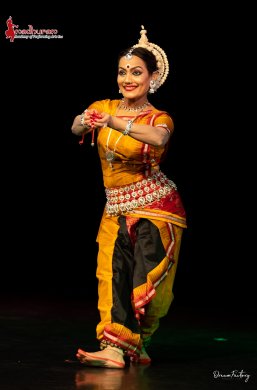 Sarita Mishra 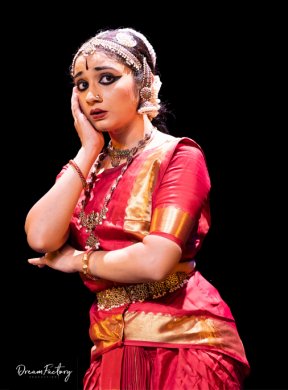 Meera Sreenarayanan For the Kuchipudi segment, youngster Avijit Das (disciple of Manju Bhargavee) presented five items commencing with a pushpanjali (in Arabhi) in praise of Lord Ganesha. He had the necessary energy during the Dasavatara sabdam (in Kalyani) but expression was somewhat lacking. The central piece of the Kuchipudi repertoire is the tarangam and here Avijit did good justice to this classic piece presenting Krishna's Kalinga narthanam effectively exhibiting jatis on the brass plate. The other items presented were Annamayya's "Tandanana" (in Bauli) and Dr. Balamuralikrishna's Behag tillana. The straps on Avijit's ankle bells came loose in several items, which was a little distracting for the audience. 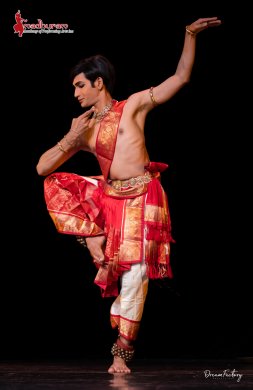 Avijit Das 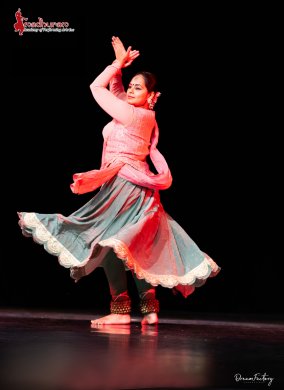 Rupanshi Kashyap All four dancers returned for the mangalam item Moksha Mangalam. This was a delightful short finale where the distinct dance styles were displayed against each other, yet all converged to show the diverse heritage of India. 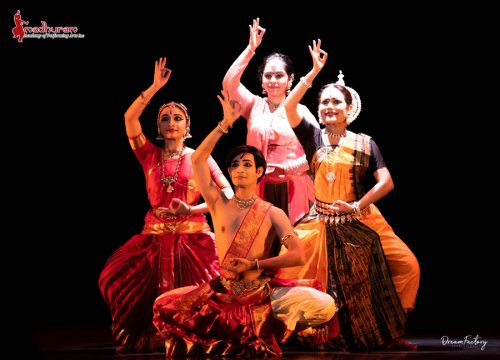 All dancers Over six years, Madhuram's Sydney Indian Dance Festival has emerged as a premier Indian dance event in Sydney and audiences look forward to the next iteration in 2020. Mohan Ayyar regularly writes on Carnatic music and dance and maintains the website carnaticcorner.com. He has composed music for several Bharatanatyam performances. |